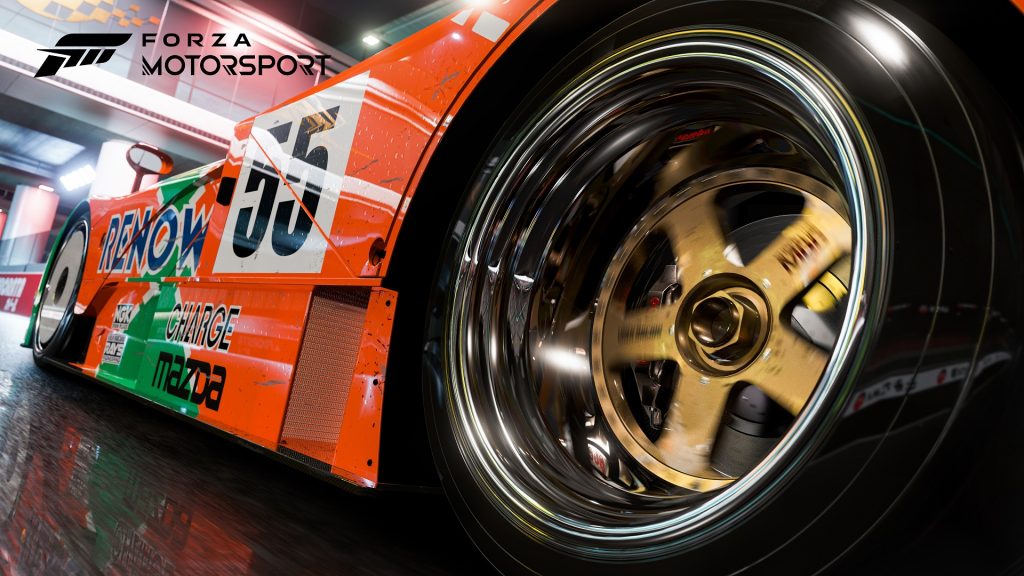
Believe it or not, it’s been almost 2 years since Microsoft and Sony unleashed the Xbox Series X and PS5 in the hands of gamers across the world. Of course, it doesn’t seem that it has been so long – since supply chain shortages and widespread scalping have continued to make life difficult for anyone wanting to get their hands on a brand new current-gen console. That said, these problems don’t seem to have had an impact on the rumour mill, which continues to churn out information at a consistent pace on what’s next for the console manufacturers in this generation.
So, TCL recently held a conference wherein it was mentioned that Microsoft and Sony will be releasing their half-generation console refreshes – dubbed PS5 Pro and Xbox Series X/S Pro for now – sometime around 2023/2024. Apparently, these consoles will be capable of rendering games at full fat 4K at anywhere from 60 FPS to 120 FPS – thanks to an update to AMD’s latest RDNA3 graphics technology. It’s still a rumour, and that too from an unlikely source – since TCL Technology primarily deals in display technology which obviously does not directly have a connection to the parts that would be required to manufacture a console. Though to counter that point, the company could also be preparing to manufacture displays that work best with the supposed upcoming consoles. Or it could just be a flat-out assumption. Either way, that got us thinking – do we really need a PS5 Pro and Xbox Series X Pro this generation?
Unsurprisingly, the question gives rise to even more questions, and it requires us to briefly look at the situation of the market a handful of years ago versus right now. The PS4 Pro was released all the way back in 2016, and Xbox One X was released shortly after in 2017. The two hardware refreshes provided substantial upgrades to the playing experience, especially the Xbox One X since the launch Xbox One would really struggle to hold its own in multi-platform games which almost unanimously ran smoother and at a higher resolution on PS4. At the time, finding an Xbox One or a PS4 was easy, since they were relatively easy to purchase. Adding to that, cross-generation releases were becoming increasingly sparse and were mostly limited to your shooters and sports games which obviously target a large demographic for maximizing sales potential.
Microsoft and Sony already had pumped out a fair number of generational exclusives and powerhouses. To put that in a nutshell, most developers had figured out how to make the best use of the available hardware, and as such – having a markedly more powerful system at their disposal would help elevate the playing experience for those who wanted it and perhaps, even open up more opportunities for developers.
Jump to the current market scenario, and we are dealing with a whole another set of variables here. First of all, Sony and Microsoft just can’t seem to keep up with the ever-increasing demand for these consoles. Sony even released a new model of the PS5 to help combat the supply constraints. Add to that the fact that it’s very unlikely that these shortages will be alleviated in the coming months, and it becomes very unreasonable from a business perspective to dump resources into creating an entirely new production pipeline for a mid-cycle hardware upgrade than try to improve the supply for hardware that thousands upon thousands of fans are actively seeking out for.

That’s at least the case for Sony since Microsoft has already started this generation with its two-tiered hardware strategy with the Xbox Series X and Xbox Series S consoles. Clocking at a whopping 12 TFLOPs of computational power, Microsoft is placing the Xbox Series X as the console for enthusiasts who want the best possible visual fidelity for its games. For them to come out and announce an even higher-end Pro variant so soon would be rather odd and would defeat the purpose of the Xbox Series X in some capacity.
Then there are the games. The COVID-19 pandemic hasn’t been the kindest to the games industry, and we are still seeing the after-effects of the pandemic on studios all across the globe. Developer morale is at an all-time low, and games are being delayed left, right, and center. Microsoft might have come stronger than before with its massively successful Xbox Game Pass, but it has yet to deliver much in the name of true next-gen games. Sure, there’s The Medium and Microsoft Flight Simulator – which are both great games, but showcase titles like Senua’s Saga: Hellblade 2 and S.T.A.L.K.E.R. 2 are still some ways off from release. PlayStation fares a bit better in this case, with visually striking exclusives such as Ratchet and Clank: Rift Apart and Horizon Forbidden West having already been released.
But even so, most would agree that we are yet to see the full extent to which this new hardware is capable. The last generation of consoles is yet to be completely phased out since most third-party developers are still choosing to release games on last-gen consoles as well. Between this and the fact that the upgraded consoles will reportedly target the same 4K output resolution as the base console, it doesn’t make much sense to release a new hardware upgrade – more so, at this very early stage.

Another factor that needs to be brought to light is how software support has panned out for the upgraded consoles for the last generation. The PS4 Pro and Xbox One X are significantly more powerful than their base variants, but the support of these machines is dictated by the support for their base variants. Basically, if a game doesn’t run on PS4, it won’t run on the PS4 Pro – even though it may technically be possible for it to run on the significantly more powerful hardware. While this isn’t surprising by any means since mid-life upgrades have always worked this way, it does somewhat diminish the value proposition for an end consumer. If a PS5 Pro or Xbox Series X Pro were to work in a similar fashion (which they most likely would), very few customers might spring up the extra cash for what is essentially slightly better visuals and performance.
To conclude, do we need a PS5 Pro or Xbox Series X right now? Probably not. But, will we need a PS5 Pro or Xbox Series X Pro later on in this generation? Well, that’s hard to say since we don’t know how long shortages will last and just how much untapped potential lies in the base consoles. Once these two situations become clear, it would become easier to understand whether we actually need upgraded consoles for this generation. As for the rumour mill, it doesn’t seem that will stop anytime soon – and while the TCL Technology conference that started this whole conversation might be false or just an assumption for all it’s worth – releasing upgraded consoles so soon in this scenario doesn’t seem viable for a whole host of different reasons.
Note: The views expressed in this article are those of the author and do not necessarily represent the views of, and should not be attributed to, GamingBolt as an organization.














